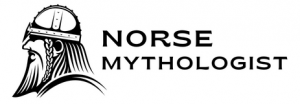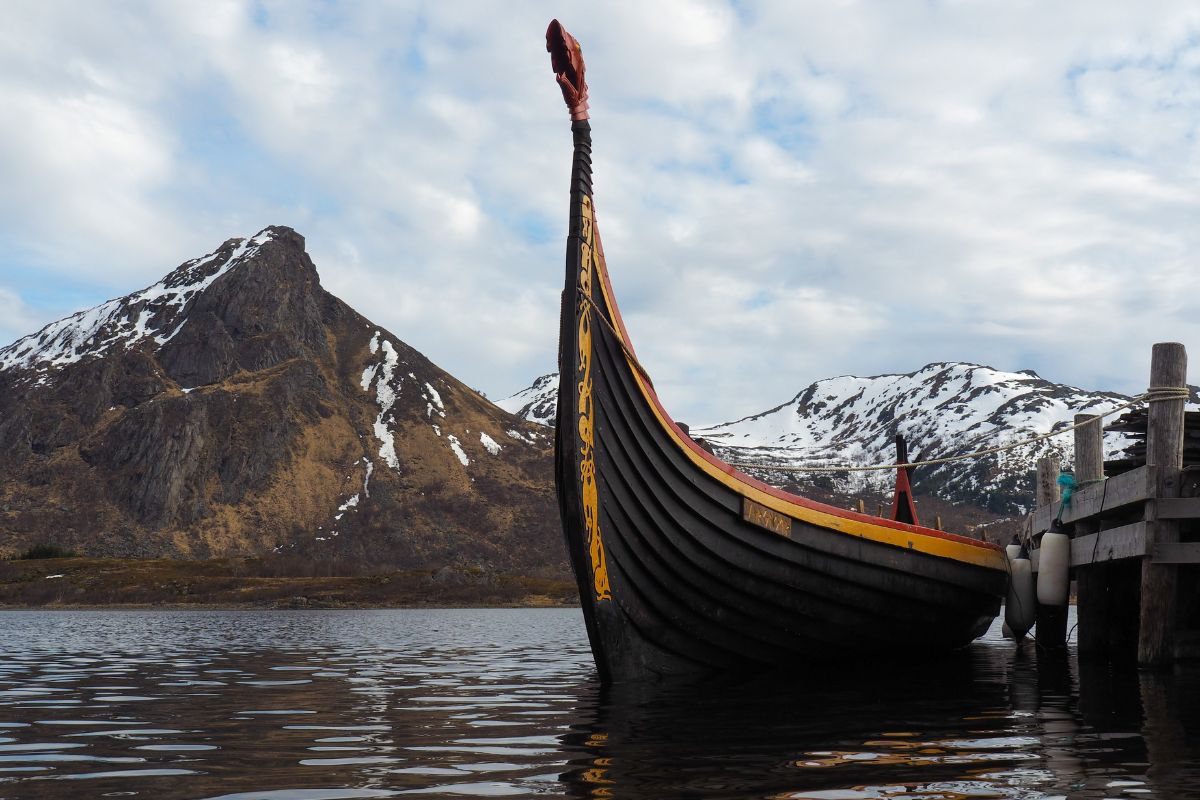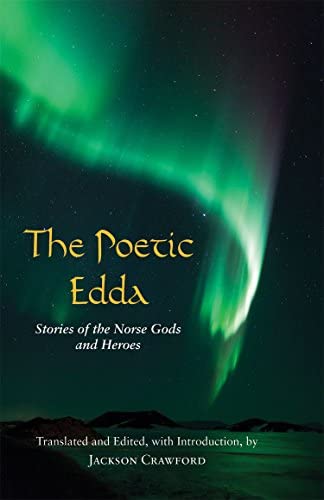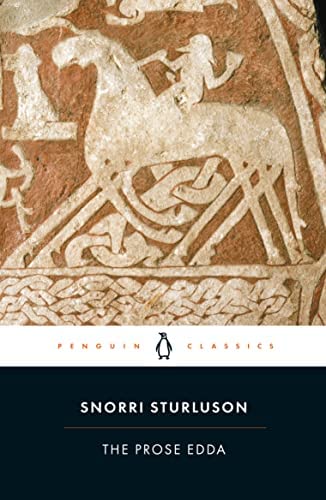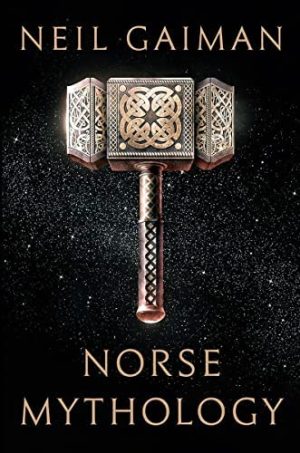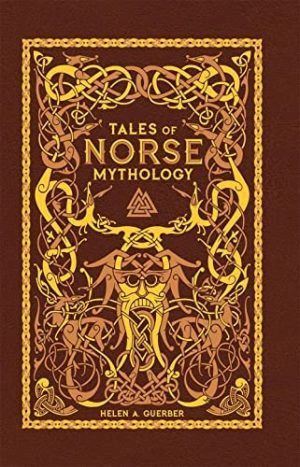The two most famous works on Norse paganism are the Poetic Edda, a collection of untitled poems, and the Prose Edda, a series of ancient texts and tales compiled and written by Snorri Sturluson. The most highly regarded “modern” exposés of Norse myth are Norse Mythology by Neil Gaiman and Gods and Myths of Northern Europe by H.R. Ellis Davidson.
Best Books About Norse Paganism
As mentioned previously, the most highly-rated Norse works of literature are the Poetic Edda and the Prose Edda.
The Poetic Edda is the contemporary name for an untitled series of anonymous Old Norse poems. There are several versions, which all use texts from the Codex Regius, the Icelandic medieval manuscript containing 31 verses.
The Prose Edda is also called Snorri’s Edda, the Younger Edda, or The Edda. It is a compilation of Old Norse tales compiled and written by Sturluson, also in the 13th century. Its style is noticeably different from the Poetic Edda, which recreates language from much earlier.
The Prose Edda is more detailed and written in a freer, more sophisticated manner. The Poetic Edda is bound by its more ancient, formal times and rules of poetry.
As they are both 13th-century Icelandic texts, good English translations are essential if you wish to read and appreciate them fully.
The Poetic Edda, translated by Jackson Crawford, the American scholar, translator, and poet, is one of its most-highly rated versions. A critically-acclaimed translation of the Prose Edda is one by Jesse L. Byock.
Neil Gaiman’s Norse Mythology
Norse paganism can feel a little arcane or obscure compared to more popular religions, and fighting through 13th-century accounts of literature and poems may not be the ideal choice as an introduction to Norse magic and myth.
Neil Gaiman’s Norse Mythology brings tales about the Norse gods and their world to life and is an accessible, modern take on the Viking age. Ideal for beginners, this book has been tremendously successful and is consistently among the top-ranked results when you search for the best publications on Norse mythology.
Helen A. Guerber’s Tales of Norse Mythology
Tales of Norse Mythology by Helen A. Guerber would serve as a secondary or tertiary step into the world of the Norsemen.
Guerber’s style is complex and aimed at more experienced readers. It is very highly regarded and has a five-star rating on Amazon.
Other Recommendations
Other recommendations are:
- The Saga of the Volsungs, translated by Jackson Crawford
- Myth and Religion of the North: The Religion of Ancient Scandinavia by E.O.G. Turville-Petre
- Norse Mythology: A Guide to the Gods, Heroes, Rituals, and Beliefs by John Lindow
- The Norse Myths: A Guide to the Gods and Heroes by Carolyne Larrington
What is Norse Paganism?
Norse paganism (sometimes called heathenry) originates in the old Norse religion practiced in Scandinavia before Christianity appeared.
Norse mythology dictates nine realms sit in the branches or the roots of Yggdrasil, the world tree.
Nordic paganism has two principal pantheons of gods: the Æsir and the Vanir.
The Æsir are based in Asgard and consist of gods like Odin, Thor, and Loki. Æsir deities concentrate on power, influence, and war.
The Vanir live in Vanaheim, with Njord, Frigg, Freyja, and Freyr being the being gods. They concern themselves with gentler aspects of life, such as fertility, agriculture, the weather, and marriage. The Vanir gods also have great magical powers like soothsaying.
Life after death is a big part of Norse pagan life. They believe that the dead live on in realms like Valhalla, Hel, or the Fólkvangr, cared for by Freyja.
The Origins of Norse paganism
Historians believe Norse paganism dates back as far as the Bronze Age.
There were indications it was already established around 2,000 years ago: Tacitus, the Roman historian born around 56AD, observed that Germanic peoples were polytheistic; that is, they believed in more than one god or goddess.
Germania was what the Romans called the area east of the Rhine, and it was here that Germanic paganism originated, producing variations like Norse paganism. The early Germanic religious culture was itself influenced by the Celtic one.
Anglo-Saxon paganism drew heavily from the Norse variety and worshipped gods with similar names like Woden (Odin), Thunor (Thor), and Tiw (Tyr).
Indeed, the religions of Pagan Europe tended to feature the same characteristics, namely polytheism, recognition of female deities, and a consideration of the divinity of nature.
Norse Paganism Evidence: The Futhark Runic Alphabets and Runestones
Much of our understanding is taken from runes on old monuments and stones, as written texts from pre-Christian Scandinavia no longer exist.
Two runic alphabets existed: the Younger Futhark and Elder Futhark (also known as the Germanic Futhark).
What Religion is Norse Paganism?
Unlike Abrahamic religions like Christianity, Judaism, and Islam, Norse paganism is a heathen and polytheistic religion, i.e., its followers believe in more than one god or goddess.
Believers of Norse paganism readily accept that they are worshipping gods with openly human traits such as mortality.
It is unique in how its timeline chronicles their gods’ beginning and end, i.e., Ragnarök.
*Also, make sure to check my articles on:
Is there a Norse Pagan Church?
Ásatrú is a religious belief that resurrects aspects of Viking and Icelandic pre-Christian religion. Iceland recognized the faith in 1973, and with more than 5,000 members, the BBC reported in 2019 that it was one of the fastest-growing religions in that country.
There is a project planned to construct a temple that will be a hub for followers of Icelandic Ásatrú. The opening date was scheduled for 2018 but has been delayed for the time being.
